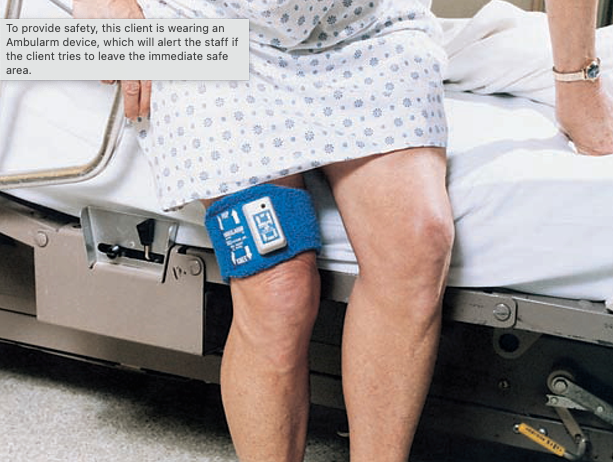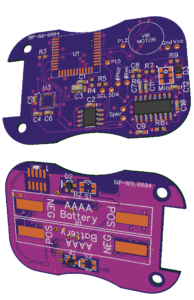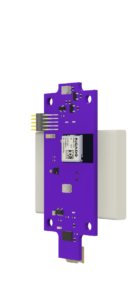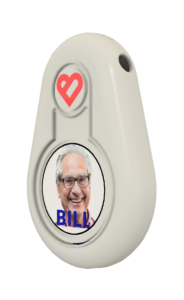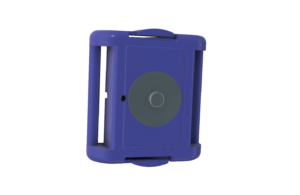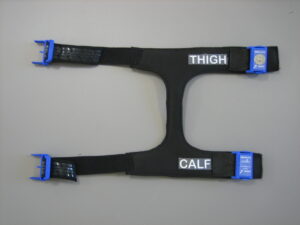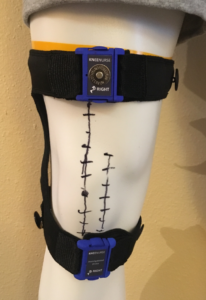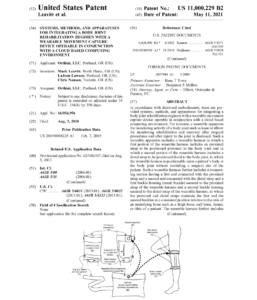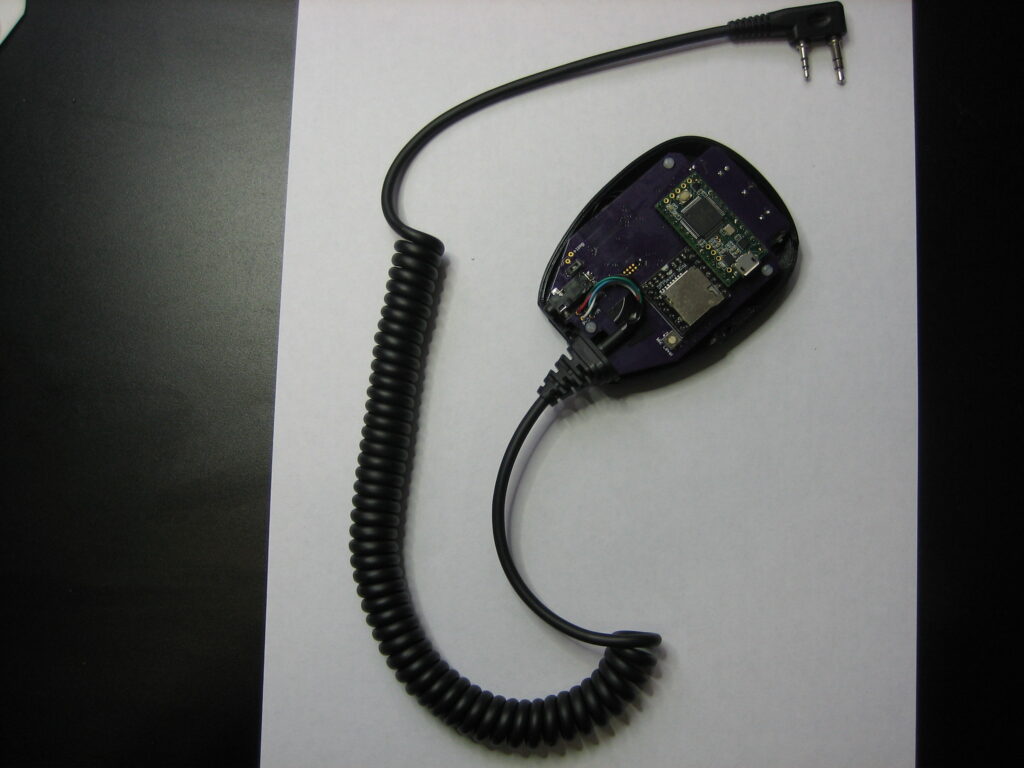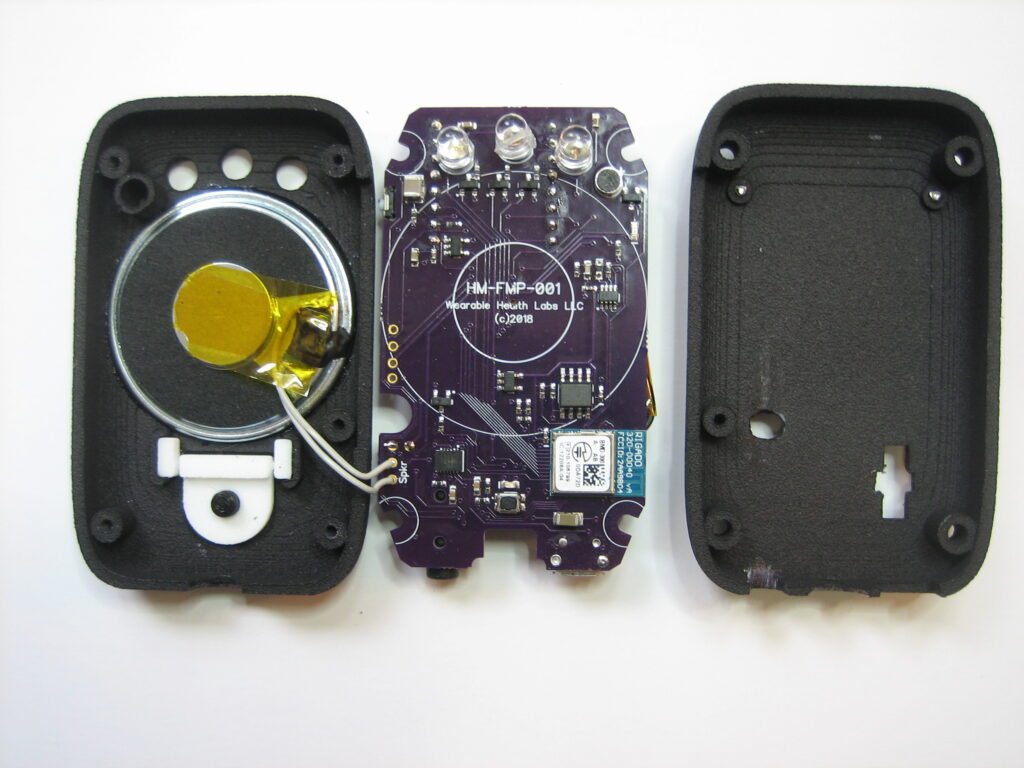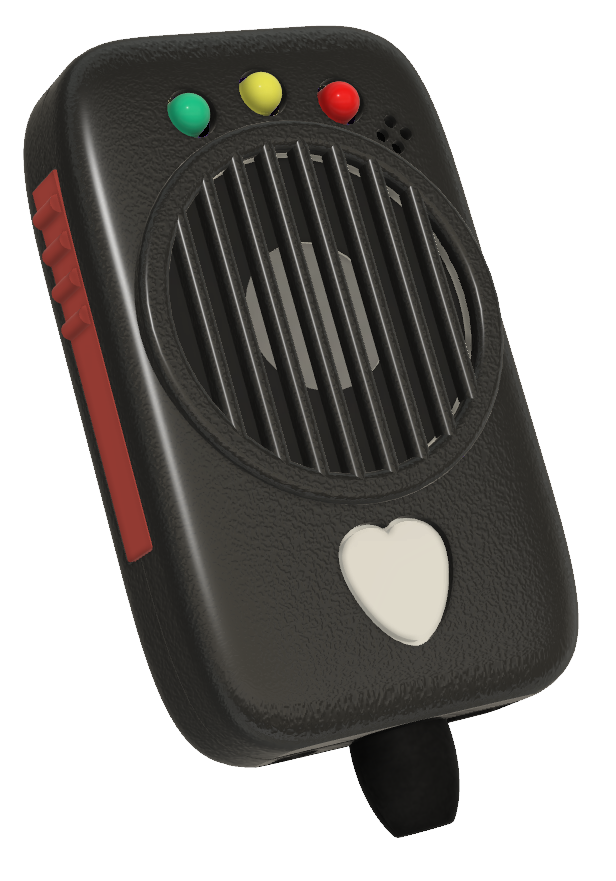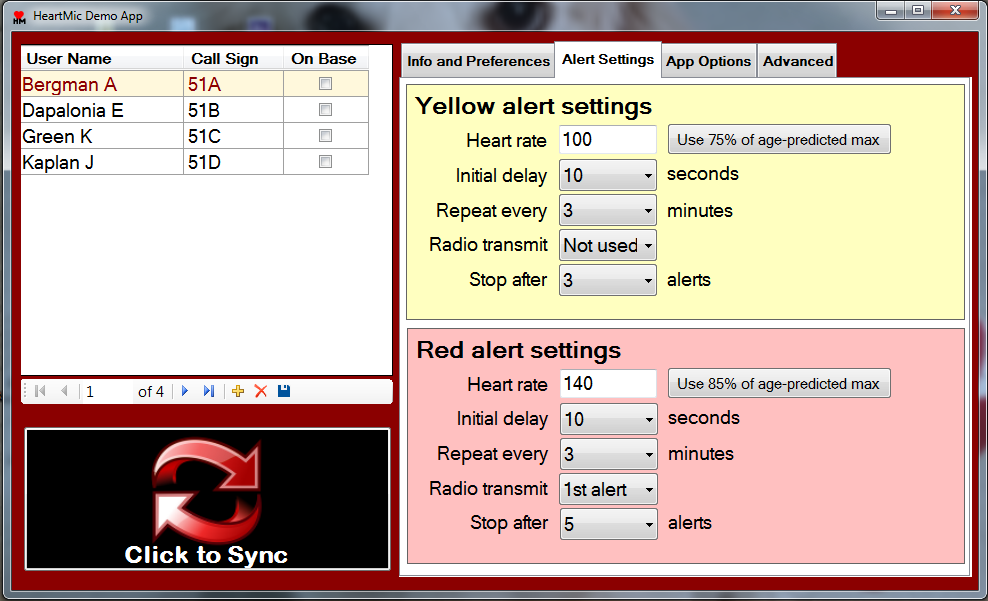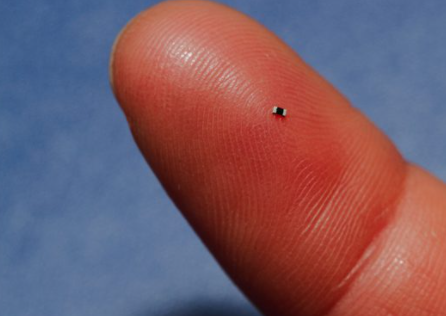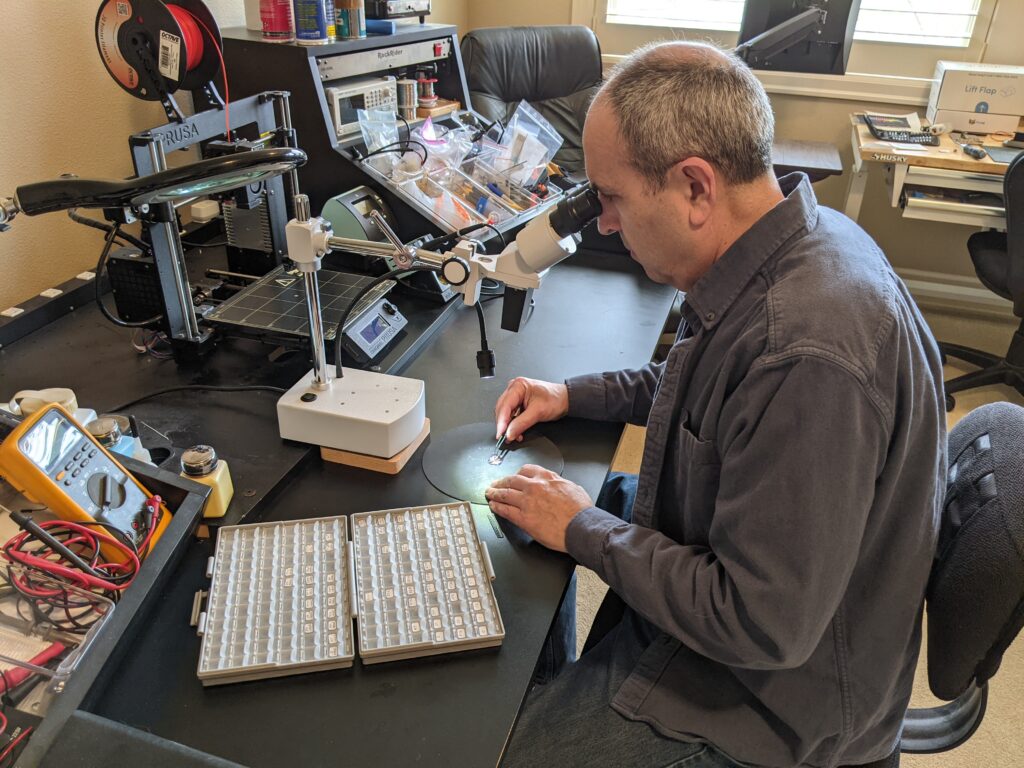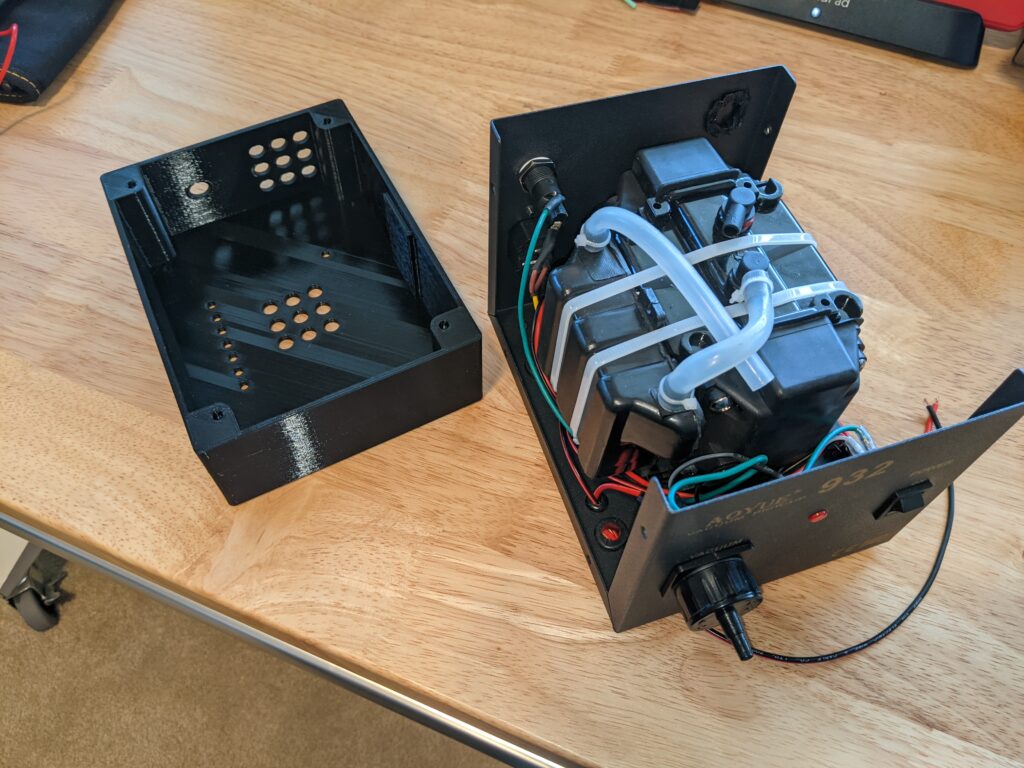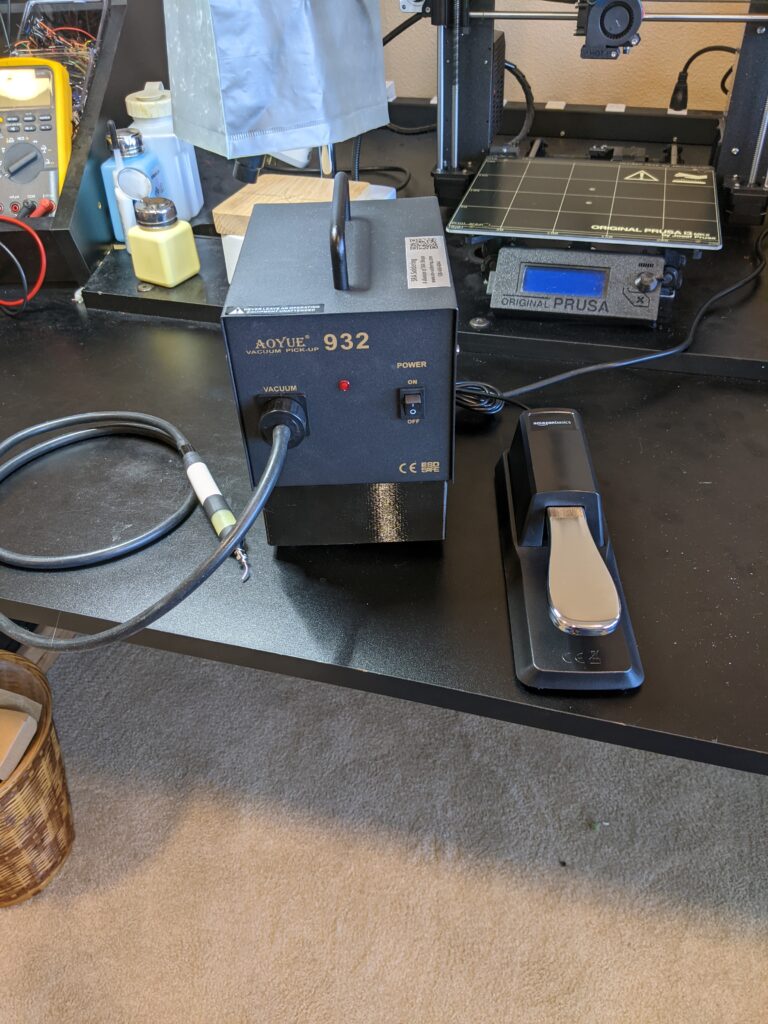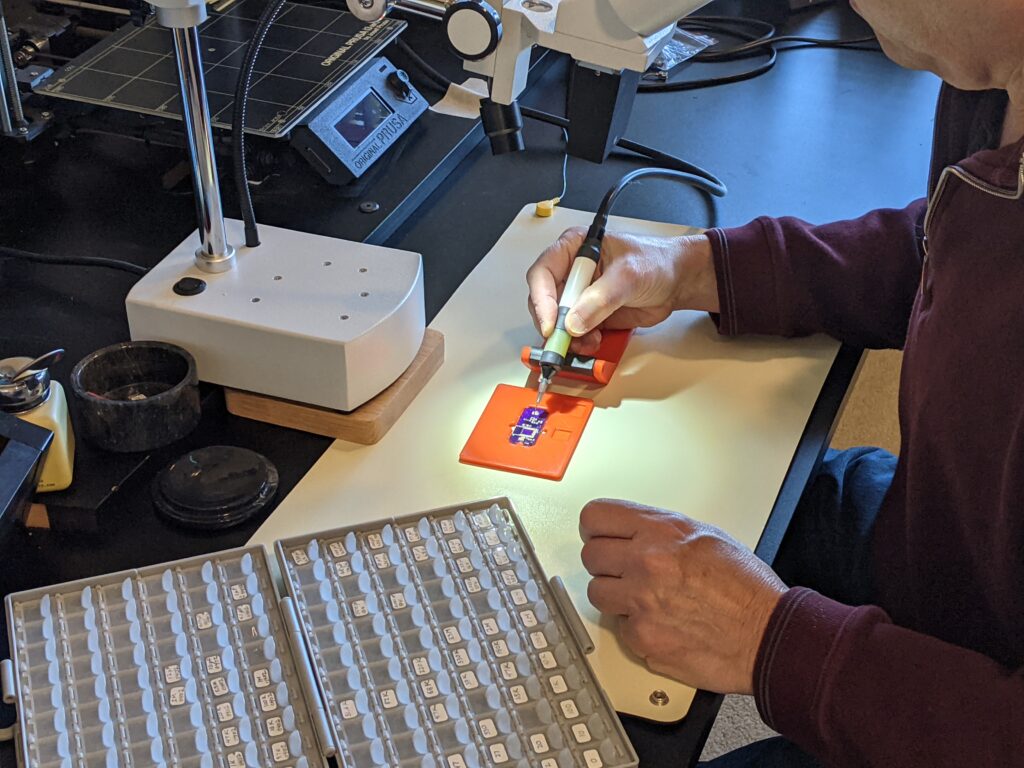1977-1979
On Old Olympus’ Towering Top…
Just how did the University of Miami magically compress the usual four years of medical school into just two? Well, if you taught beginner swimming by throwing everyone into the deepest end of the pool, then awarding diplomas to any survivors, you’d have the basic idea.
While the “basic sciences” would normally be covered in two years of lectures and labs, we had them crammed into 9 months. For the PhD-to-MD students with doctorates in the biologic sciences, it was intense but doable. But for those from pure engineering backgrounds — bereft of pre-med courses such as organic chemistry — the only way to survive was with intensive memorization. Mnemonics — unforgettable sayings whose first letters correspond to the names you’re trying to memorize — were key. And I created over 1500 flash cards, flipping through them late into every night.
Pocketing my first medical informatics invention
Emerging from the 9 month onslaught of lectures, it was time for clinical rotations, in which the junior medical student’s role is to gather all the data surrounding every patient, and be able to instantly and flawlessly report it to the more senior residents and attending physicians – any time, any place.
Scribbled index cards were in common use, but I wanted something more compact and organized. So I designed and built the custom plexiglas pocket clipboard, shown here. I had index cards printed with a grid and punched in the 4 corners, to keep penciled-in data organized in rows and columns. Each patient had a problem list, med list, history and physical, and lab flowsheet all on a single card.
With the clipboard back transparent, I kept critical info (drug doses, telephone extensions, etc) on the back of the bottom card for instant access. Those two plastic arches had a thin gap at the top, letting me insert or remove any card in the stack with the flick of one hand. There was one side effect: notoriety. Whenever the attending doc asked for more detailed patient data, the ward team just turned to me, “the clipboard guy”.
